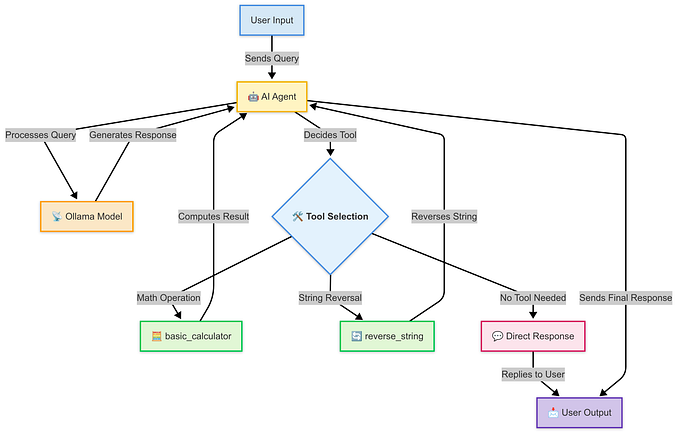Member-only story
The Rise of Low-Code/No-Code MLOps Platforms
Today, we will discuss a topic that’s transforming how businesses engage with AI and machine learning: the increased adoption of low-code and no-code ML platforms. But before we dive in, let’s set the scene with a quick poll:
🤔 Quick Poll: Have you or your team experimented with low-code/no-code ML platforms in your projects?
A. Yes, we’re already using them!
B. We’re exploring the options.
C. Not yet, but curious.
D. No, we prefer traditional ML pipelines.
The Low-Code/No-Code Movement: What’s the Buzz All About?
In the dynamic landscape of machine learning, low-code and no-code platforms (think DataRobot, H2O.ai, Azure ML Studio) have become the talk of the town. These platforms offer an intuitive drag-and-drop interface, built-in algorithms, and automated workflows that allow non-technical business users — often referred to as “citizen data scientists” — to build and deploy machine learning models without needing deep coding expertise.
But why now? Why is this shift happening in 2024, and why should you, as an MLOps professional, care? Let’s explore this trend through a few key lenses:





